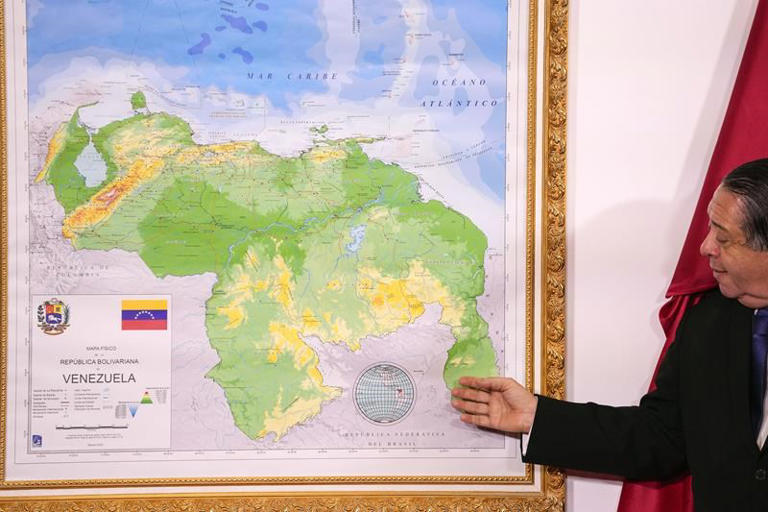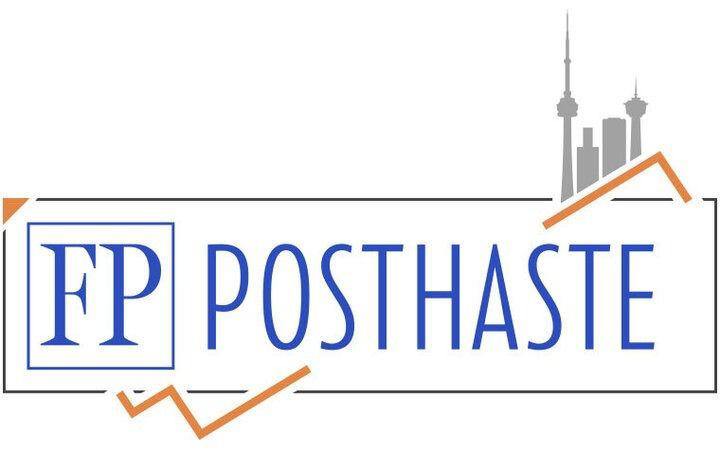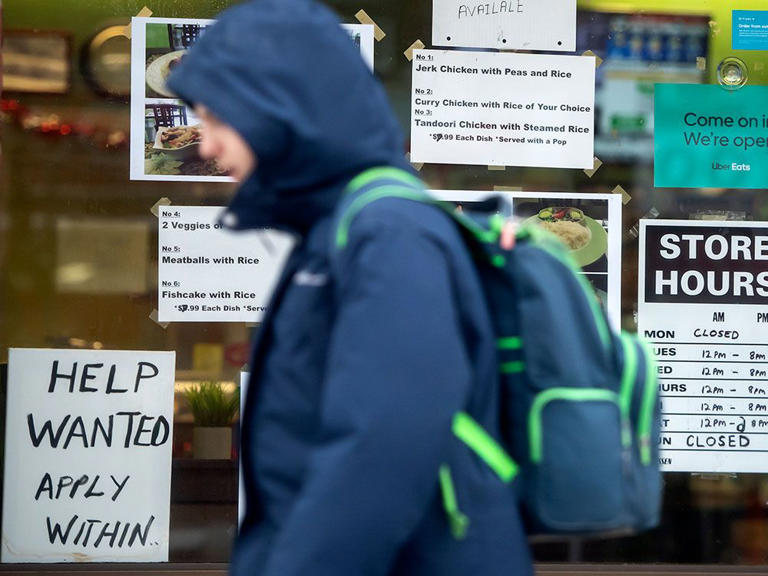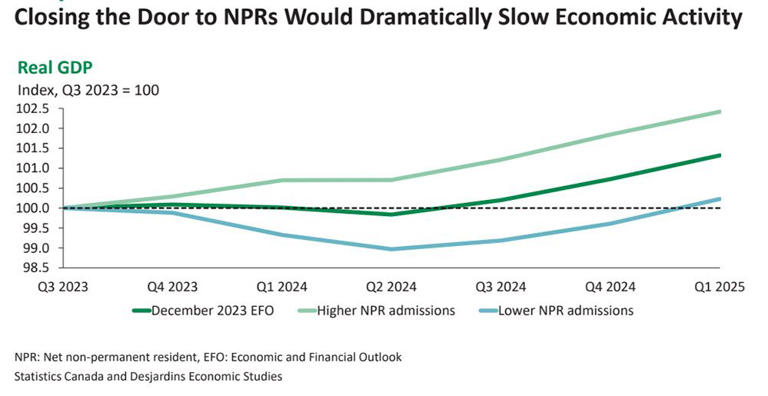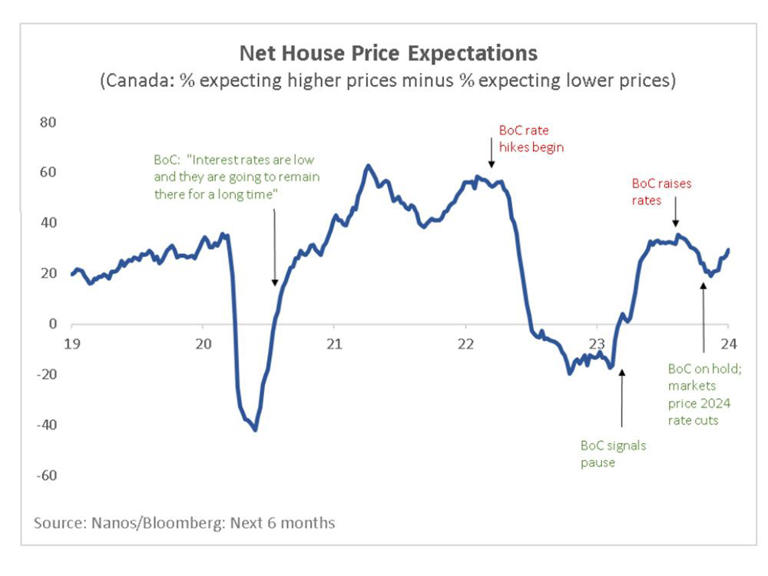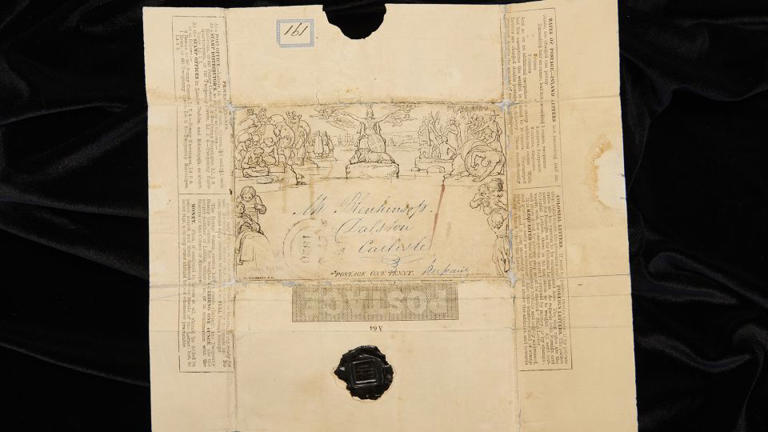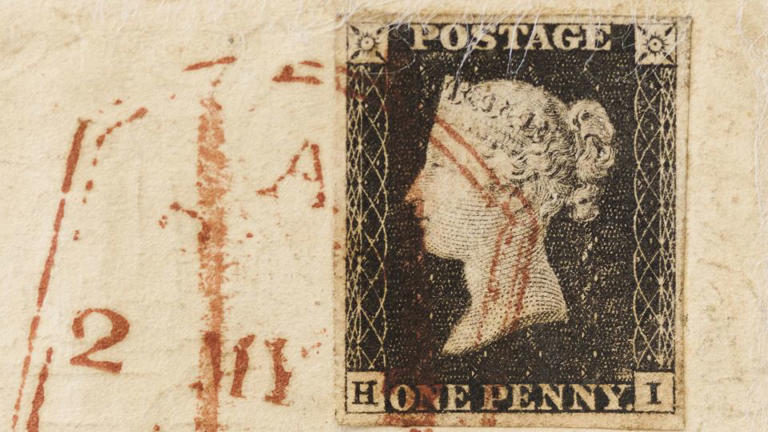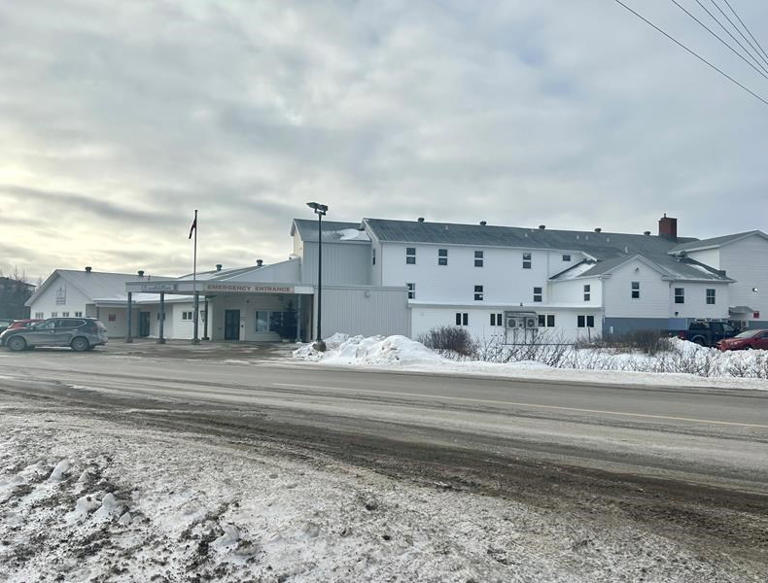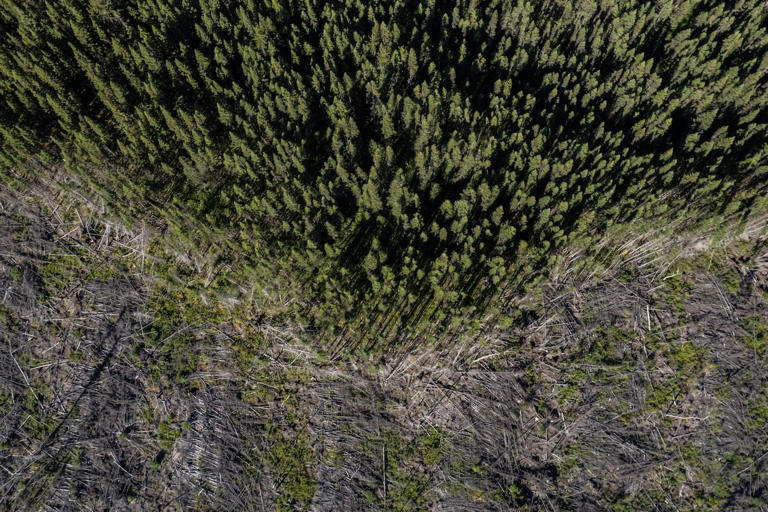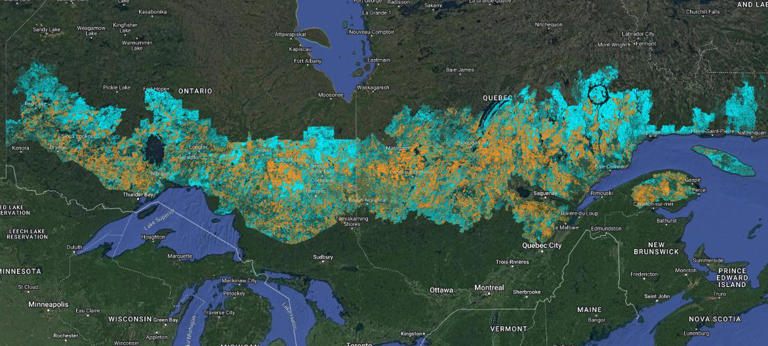
OTTAWA — A Liberal MP and a Conservative senator are offside with the Trudeau government's position on Bangladesh's recent election.
As expected, on Jan. 7 Prime Minister Sheikh Hasina won her fifth term to lead the South Asian nation.
Officials in Bangladesh invited Ottawa MP Chandra Arya and Sen. Victor Oh to observe the vote which the main opposition party boycotted, arguing the state would not hold a free election.
Development experts have praised Hasina's 15 years in office for maintaining relative stability and pulling citizens out of poverty. Yet Freedom House, a Washington, D.C.-based calls the country "party free," citing "sustained harassment" of opposition politicians, critical media and civil-society groups.
At a press conference in Dhaka the day of the election, both Arya and Oh said it was a credible vote, while acknowledging the boycott and some acts of violence.
"We would like to congratulate the Bangladesh election commission for conducting a very successful, free and fair election," Arya said, adding that they did not witness state agents preventing people from being able to vote.
Sen. Oh added "I would like to commend the election commission of Bangladesh; they are doing a great job (in holding) a fair and free and successful election."
But the next day Canada's high commission in Bangladesh posted on X, the platform formerly known as Twitter, that Ottawa had not sent any official election observers.
"Any individual who identifies as a Canadian observer is acting independently. Their views have not been endorsed by the Government of Canada."
Global Affairs Canada later released its own statement, saying the vote was not fair.
"Canada expresses its disappointment that this electoral process has fallen short of the principles of democracy and freedom upon which Bangladesh was founded, and calls on the relevant authorities to work transparently with all parties to move forward towards democracy, respect of human rights and fundamental freedoms," the statement reads.
"Fair elections with a viable opposition, independent democratic institutions and freedom of the press are critical to ensuring a strong and healthy democracy."
Reached by phone Thursday, Arya insisted he was only speaking to what he saw the day of the vote, such as whether rigging occurred.
"My thing is not to discuss the entire political process of a particular country; that was not my mandate," he said.
Arya said he met with Canada's high commissioner to Bangladesh during his visit. But he would not say whether he agrees with Global Affairs Canada's stance on the entire election leading up to ballots being cast.
"My thing was limited to seeing whether the election was held in a free and fair manner," he said. "They're going much broader."
Arya said the Bangladesh election commission invited him because of his work in the parliamentary friendship group for both countries, and he said the commission paid for his travel and accommodation.
He met with Hasina to personally congratulate her on the re-election.
"The people of Bangladesh have opted for the stability and certainty her regime has provided during the last many years," he wrote on X.
Arya described Canada's statement as the type of frank criticism that friends would offer to each other. "I think this is small, in the long-term relationship between Canada and Bangladesh," he said.
University of Ottawa professor Nipa Banerjee, who has extensively researched Bangladesh, says the country is not a full democracy, but it would be "a one-sided picture" to ignore the country's success in pulling people out of poverty much faster than the rest of South Asia.
She said the country has avoided the intense armed conflict seen in much of the region, to the praise of religious minorities, the business sector and other Asian countries. Though Banerjee said corruption and street violence still occur.
"We can't deny that Bangladesh has created a supermodel for economic growth and development," she said. "I would rather not throw away the baby with the bathwater."
Banerjee said voter turnout on Jan. 7, officially pegged at 41.8 per cent, is low for a region where people tend to be politically conscious. She said this shows democracy in Bangladesh has not been progressing as much as its economic growth, though she says this is hard to assess with the opposition's boycott of the vote.
"The breakdown of the democracy is something that is preventable," said Banerjee, who suggested Canada could offer more support in building up the country's civil sector.
Banerjee added that Bangladesh does a poor job displaying its achievements on the world stage. She said Hasina instead focuses interviews and speeches to bemoan the 1975 assassination of her father, Sheikh Mujibur Rahman, while he was president of the country. She has repeatedly asked Canada to extradite a man convicted in absentia for her father's murder.
This report by The Canadian Press was first published Jan. 11, 2024.
Dylan Robertson, The Canadian Press

